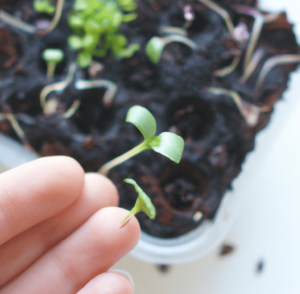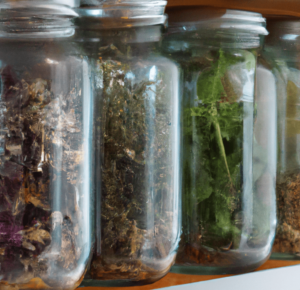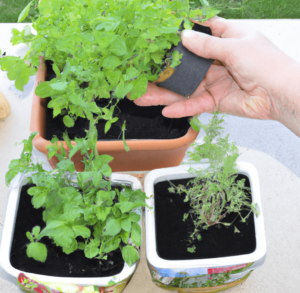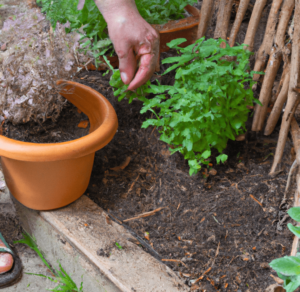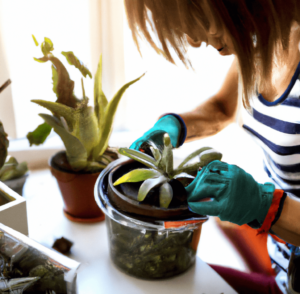Water gardens, also known as aquatic gardens, are a type of garden that incorporates water as a major design element. These gardens can be large or small, and can range from simple backyard ponds to elaborate water features that include plants, fish, and other aquatic life.
Water gardens have been around for centuries, with the earliest examples dating back to ancient civilizations in Egypt and Mesopotamia. In recent years, there has been renewed interest in water gardens as a way to create a peaceful and relaxing outdoor space, as well as to provide habitat for plants and animals.
Water gardens can be a great addition to any garden, as they provide a unique and beautiful way to incorporate water into the landscape. In addition to adding visual interest, water gardens can also provide benefits for the environment and for the plants and animals that live in them.
One of the key elements of a water garden is the presence of plants. Water gardens can support a wide variety of plants, including water lilies, lotus, rushes, and other aquatic plants. These plants help to oxygenate the water, provide habitat for fish and other aquatic life, and add beauty to the garden.
Water gardens can also be a great opportunity for research. Scientists and hobbyists alike can study the plants and animals that live in water gardens, providing valuable information about aquatic ecosystems and the interactions between different species.
In conclusion, water gardens are a unique and beautiful type of garden that incorporate water and plants in a way that adds visual interest and provides benefits for the environment. Whether you are a seasoned gardener or a beginner, a water garden can be a great addition to your outdoor space.

Gardens
A water garden is a feature that is popular among gardeners. It typically consists of a small pool or pond that is filled with water and plants. These plants may be aquatic, semi-aquatic, or marginal, depending on the specific design and environment of the garden. Water gardens can add a unique and beautiful element to any outdoor space, and they can provide a habitat for a variety of animals, including fish, amphibians, and birds. Proper care and maintenance of a water garden is important to keep the water clean and clear, and to ensure the health and vitality of the plants and animals that call it home.
Water Garden
A water garden, also known as an aquatic garden, is a feature in a garden that consists of a variety of aquatic plants. These plants are typically adapted to live in a submerged or partially submerged environment, and they can add beauty and interest to any outdoor space.
A water garden can be a simple container filled with water and a few aquatic plants, or it can be a more elaborate feature that includes a variety of plants, fish, and even waterfalls or fountains. In order to create a successful water garden, it is important to choose the right plants and to provide them with the proper care and maintenance.
Aquatic plants are an important component of a water garden, as they provide oxygen and help to keep the water clean and healthy for fish and other aquatic life. Some popular aquatic plants for water gardens include water lilies, lotus, and bog plants. These plants can add color and beauty to the water garden, and they can also provide shelter and food for fish and other aquatic animals.
In addition to aquatic plants, a water garden may also include fish and other aquatic animals. Goldfish and koi are popular choices for water gardens, as they are hardy and easy to care for. Other animals, such as snails, frogs, and dragonflies, can also be added to the water garden to add interest and variety.
A water garden can be a beautiful and relaxing feature in any garden, and it can provide a unique and enjoyable way to connect with nature. With the right plants and care, a water garden can thrive and provide enjoyment for years to come.

Plants in a Water Garden
One way to incorporate plants into a garden is to create a water garden. This type of garden typically contains aquatic plants that thrive in damp or wet soil. These plants are often used to add color and texture to the garden, and they can help create a serene and peaceful space.
Water gardens are typically filled with water from a pond or stream, and they often include a variety of plants, such as water lilies, lotus flowers, and rushes. These plants are well-suited to a water garden because they can tolerate wet conditions and they can help filter the water, keeping it clean and healthy.
In addition to aquatic plants, a water garden may also include plants that are not typically found in water, such as ferns and other shade-loving plants. These plants can add variety and interest to the garden, and they can provide a habitat for wildlife, such as birds and butterflies.
Overall, a water garden can be a beautiful and serene addition to any garden, providing a space for plants to thrive and a peaceful place for relaxation.
Bottom Line: Water Gardens
Water gardens, also known as aquascapes, are a type of garden that incorporates water as a central feature. These gardens can range from small containers with a single water plant to large ponds with a variety of aquatic plants and animals. Water gardens can be used to add beauty and interest to a landscape, create a habitat for wildlife, and provide a relaxing and meditative space. There are many different plants and animals that can be included in a water garden, and careful planning and maintenance is necessary to ensure the health and vitality of the ecosystem.
If you’re interested in water gardens, you may also be interested in organic gardens and the methods of gardening.


